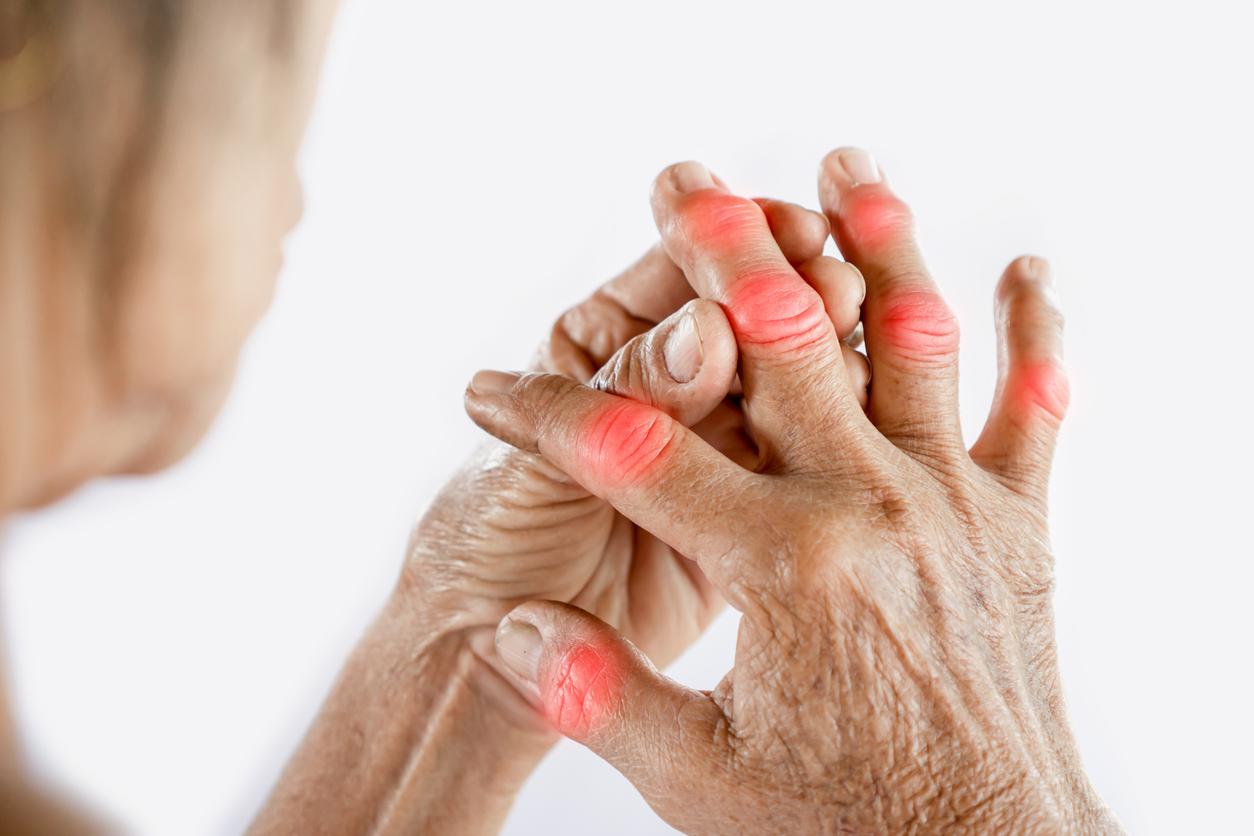These are names that we hear on everyone’s lips and about which we regularly speak of deficiency. What are calcium and potassium? And how to promote a diet rich in magnesium? I tell you everything you need to know about these famous mineral salts so important for the proper functioning of the body…
Along with iron, magnesium is one of the minerals most at risk of deficiency. Indeed, it is believed that a large part of the population is deficient in it. Its role is essentially exercised at the level of chemical reactions.
Need a diet rich in magnesium?
the magnesium is involved in the enzymatic reactions or in the cellular exchanges and it acts particularly at the level of the central nervous system, the neuro-muscular system, as well as the cardiovascular system, as its properties suggest.
Signs of deficiency: At the level of the brain, these are the same as those of calcium that we will see below. Thus, a deficiency causes theirritability with a hyperexcitability. Indeed magnesium inhibits neuromuscular excitation.
A too much consumption of magnesium also causes effects sedatives. Therefore, we understand better why it is suggested to insomniacs. On the heart system, too high a rise in magnesium can be dangerouswhich can even lead, in the extreme, to a heart failure.
The deficiencies cause heart rhythm disorders identical to those observed in excess calcium. On a daily basis, magnesium is prescribed in case of hyperexcitability with fatigue. It can also be offered in insomnia. As a general rule, care should be taken not to take too high doses, because of the effects that this could cause.
Calcium
Calcium is the mineral the most abundant of our organism. It contributes to the formation and solidity of bone and teeth. It is also involved in many functions, such as blood clottingmuscle contractions, nerve impulse conduction, hormone release and cardiac contractility.
It also allows you to activate many enzyme systems. However, its metabolism is intimately linked to that of phosphorus, which is regularly forgotten. Signs of deficiency: they are manifested by neuromuscular disorders that are grouped together in tetany.
The tetanyit is the contraction of muscles, sometimes, at a higher stage, to convulsions. We will also note the possibility of the appearance of anxiety, aggressiveness, insomnia, headaches and, occasionally, skin disorders or cataracts.
Today, the ease of measuring it in the blood naturally makes it possible to identify calcium deficiencies much more easily than before. We eliminates calcium by saddlesthem urinethe sweat and milk in women.
Thus, in all situations of excess, such as diarrheathe overabundance of urinary elimination, excessive perspiration, prolonged breast-feeding, the contributions must be particularly monitored.
Thus, all those who strive to drink much more water than they need therefore risk, if it is not mineral water, to have excessive calcium leaks. Note, a imbalance between the intake of calcium and phosphorus could lead either to the uselessness of providing it, or to a lack for which we cannot find an explanation.
More recently, we demonstrated theinterest calcium intake in reducing the risk of high blood pressure, Colon Cancer and prostate. Notice, once again, to all those who advise limiting milk in the diet for obscure reasons.
In the elderly subject, the porous bone, real name of theosteoporosisa consequence of calcium binding defects, is manifested by the compaction of the vertebrae and the broken bones, especially those of the femur. Women, on the other hand, lose more calcium than men.
Between the ages of 30 and 80, they lose 45%, whereas in men the loss is only around 15 to 20%. This is related to estrogen secretions. Finally, in addition to the phosphorus intake, regular physical activitycorrect intakes of vitamin D and a reduction in the consumption of tobacco and alcohol considerably improve the values of calcium levels in the blood.
Potassium: rare deficiencies
When it comes to micronutrients, it’s not just calcium intake and a diet rich in magnesium that matter. I could still have told you about a large number of elements, but, for the sake of pragmatism, I have chosen not to highlight them.
Either because their intake is largely covered by food and that the risk of deficiency does not existeither because their interest in our body is minor or still unknown compared to other products, or because they have been extensively detailed elsewhere.
Thus, we find here what I call the classic products, such as potassium or sodium. About the potassiumit’s because almost all foods are extremely rich in it.
In fact, we find them in the vegetables, fruits, pulses, dried fruits, meats. Moreover, potassium deficiency is never due to a nutritional deficiency, but most of the time, linked to vomiting repeated, diarrhea important, abuse of laxatives or physical exertion.
You see, if you think you need a magnesium or calcium cure, a diet change might suffice. If in doubt, consult your doctor who will take a blood test to measure any deficiencies… But if you want to avoid this process, make sure you have a balanced diet, and a diet rich in magnesium, That is quickly done.

















